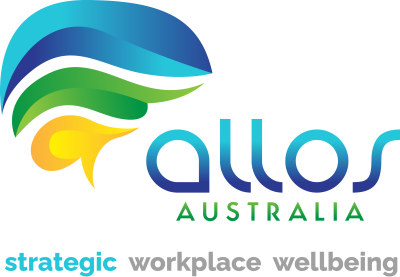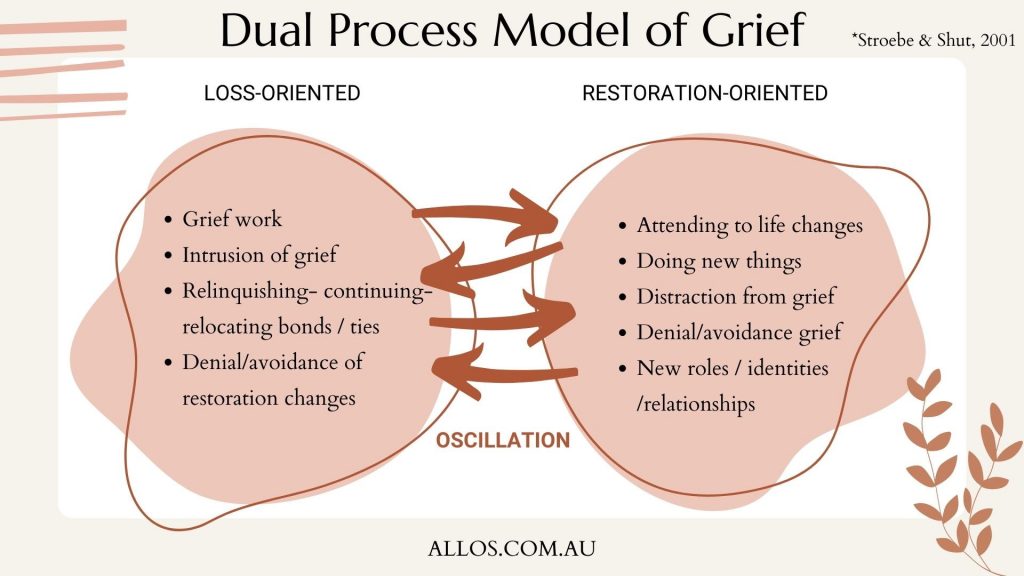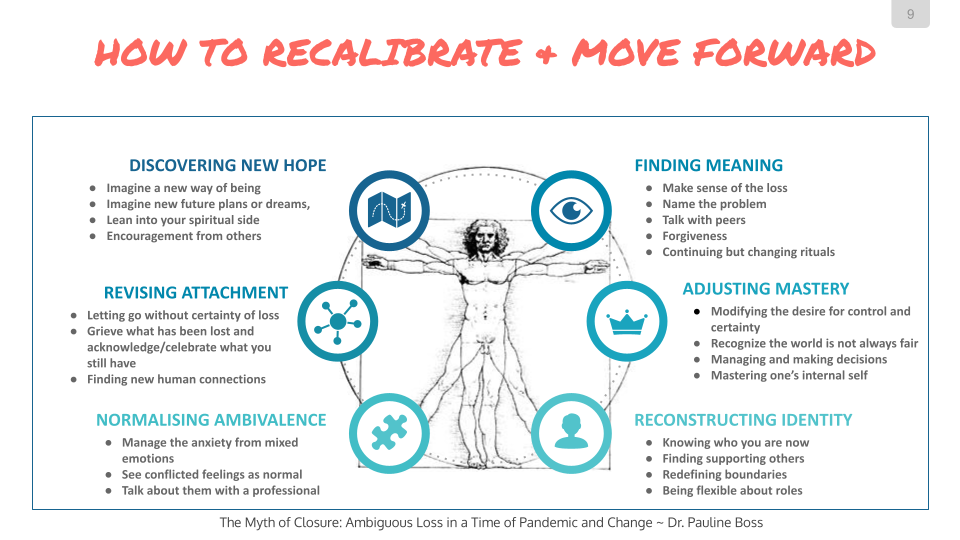2022 is barely three-months old and now Australia is flooding, Russia has invaded Ukraine, and we have no idea what else is coming our way. It might feel like another installment of 2020 all over again; uncertainty, ‘what ifs?’, and hours spent doom-scrolling.
So, how do we break the cycle and start really living again?
Accept we are grieving
When I say grieving, I don’t mean bereavement. Yes, some of us may have lost loved ones; however, grief occurs with any loss. The list, therefore, is endless:
- Precious time with loved ones
- Meeting with people, without the need for social distancing; when there were handshakes, hugs, and kisses.
- Concerts of our favourite bands, university graduations, milestones in all their forms; birthday parties, weddings – all those events which were repeatedly postponed or had to be cancelled or happen with fewer people than expected
- When work was strictly 9 to 5 and work life balance seemed like an achievable goal
- Control over what we can do and when we can do it
- The freedom to plan anything without all the extra anxiety
- Not feeling that you’re barely keeping burnout at bay
- When you need feel the need to sleep so much
- Without the worry of waking up with COVID symptoms
- When our days weren’t peppered with terms like ‘global pandemic’, ‘disease control’, and ‘quarantine’
- Spontaneous decisions: “Hey, we’ve got no plans for Easter. Let’s go to Bali!”
- Certainty and the security of what we expected our lives to look like in the coming months or years.
- A sense of knowing where the world is going and our role in it.
And on and on, the list goes.
Clarify what matters in your life
Therapists have a word for the grief of losses that society does not typically recognise or value; it’s called disenfranchised grief.
Disenfranchised grief is an umbrella term that includes a broad spectrum of losses. For example, it could be the loss of a career after workplace bullying, or a death shrouded by stigma. While society mightn’t give these losses the validity they deserve, the emotional pain for the individual is all too real. What’s more, because their sense of loss is denied, it makes the grief more difficult to process.
As with any grief, these losses often trigger us to try and make sense of our lives. This more profound sense of meaning usually takes the form of spirituality, which may or may not be religious. At its core, it’s a question about our values, what comforts us, our assumptions and our beliefs about the world. It is typical for grieving people to undergo a process of deconstructing and “relearning” their spirituality and their inner story of their ‘self’ and the world. The new narrative provides a life story that makes sense in light of the losses incurred.
We used to feel safe in our daily routine: maybe meal prepping on weekends, going for coffee with colleagues at lunch, reading or listening to music or podcasts on our commute. Then this suddenly disappeared, and we found ourselves at home 24/7. We used to go on holidays; now we have become used to taking “staycation” – or let’s be honest, not even taking holidays because; what’s the point when so many things could cancel our much-awaited vacation?
No wonder we have been reviewing our priorities in life, our meaning and purpose.
Understand what’s driving drastic life changes
When looked at through the lens of grief, “The Great Resignation” isn’t that surprising. You may recognise yourself or someone close to you in the following – purposefully cliché – examples of drastic life-changes that people have been having:
- “I’m done with the city! I’m moving to country!”
- “I’m done with my desk job. I’m going to be a gardener/chef/naturopath”
- “I’m done with work! I’m buying a campervan”
As a foreigner living in Australia, I have stopped counting how many fellow ex-pats moved back to their country of origin to be “closer to their family” or “raise their kids in a better environment” (i.e. not in a big city). Suddenly, they feel it’s less crucial they climb the company ladder or earn an above-average salary. At the same time, they’re seeking to re-establish their comfort zone, somewhere they imagine they’ll feel safe and secure. It’s also why the number of people migrating within Australia and further away from traditional hubs has exploded. They may describe it as a ‘fresh start’, but look under the surface behaviours and the same old subconscious drivers are there; stability and predictability. Only time will tell if all these sea-changes and tree-change really deliver the results people were looking for.
What are we supposed to do now?
First of all, a primary reason why people seek counselling when they are grieving is that they believe “I should be over it already” or “I’m too sensitive”. However, the fact is, there is no right way to feel grief. Some of us may cry a little or not at all. Others will be devastated by the pain and not function for months.
So my first piece of advice to you is to acknowledge your losses. Take out a piece of paper or your electronic notepad and write down everything COVID has taken away from you; they can be big or small. Recognise how unfair this whole experience has been and give yourself the right to feel whatever emotions come up.
Then what?
The biggest myth concerning grief is that “it ends”. That “closure” comes at some point, and we can “move on” with our lives. If you take away one thing from this article, let it be this: closure is a myth. Widely known stage models of grieving are misleading. If anything, they may have caused more harm than good by causing millions of people to think they should expect their grief to end and that there’s something wrong with them when this doesn’t occur.
Instead, we “integrate” our losses and “move forward”. “Integrate” is a word you may hear a lot if you hang out with therapists, and it may sound cliché, but to me, it perfectly captures how to live after grief. Instead of trying to close a chapter on something painful, we change our focus to accept that these losses and pain are a part of who we are today.
So here is my second piece of advice: learn to live with the fact that there will be no return to “the world as we knew it”. We all need to increase our tolerance for uncertainty and ambiguity. That’s is easier said than done, but read this repeatedly: when we can’t change the problems, we change our thinking. This is the definition of resilience, and this is what we need to do right now.
Our challenge for you: Focus on living
Instead of a linear progression of grief, dual process model describes how our focus switches between the remembering the loss and restoring your life. This switching back and forth is very normal after any loss. However, over time, most find they spend more time in restoration. We have created the following 6-step infographic to help you move towards life orientation. This is based on the book “The Myth of Closure: Ambiguous Loss in a Time of Pandemic and Change” by Dr. Pauline Boss
These six steps do not have to be done in any specific order, but they make up the process that Dr Pauline Boss has been developing for over 30 years in her work on ambiguous loss, AKA the kind of loss that is not clear-cut or final and that leaves a person searching for answers that can’t be known.
Here are tips to help you work through these steps:
- List what you have gained over the past 2 years: what have you learnt, how have you grown, what have you let go of, who have you met,
- Take control of what you can: book that trip away, aim to have a little fun time every day, exercise, visit your friend in the country. If an event suddenly needs to be cancelled, then so be it.
- Let go of binary, black or white thinking. Instead, accept paradoxical feelings.
- Rediscover those healthy habits you enjoyed prior to the pandemic. Two years of pandemic restrictions conditioned many of us to be homebodies without much motivation. It may feel like you don’t want to do anything, but our brains are tricking us.
- If you need it, schedule times in your calendar where you give yourself the right to feel your difficult emotions and plan something after that gets you out of that headspace. Listening to your favourite music and going for a run are obvious options.
Be kind to yourself as you go through each of these six steps and remember to celebrate your achievements to give your brain a kick of dopamine!
We understand that these are unprecedented times and that things can sometimes feel harder than they should. We are always just a phone call away, so never hesitate to reach out for help or discuss how we can support your employees.



